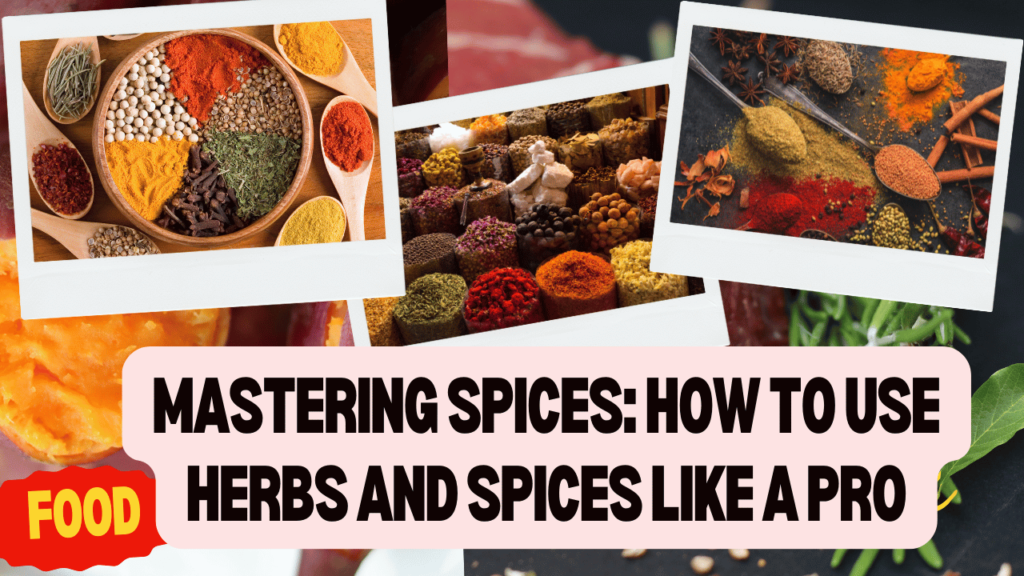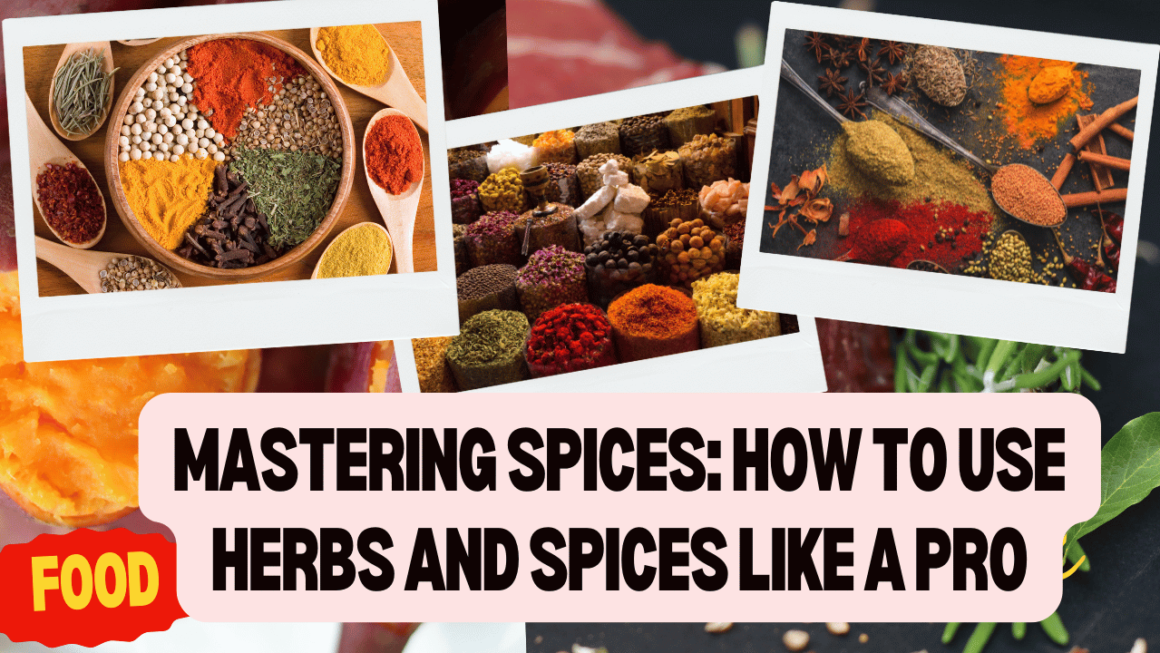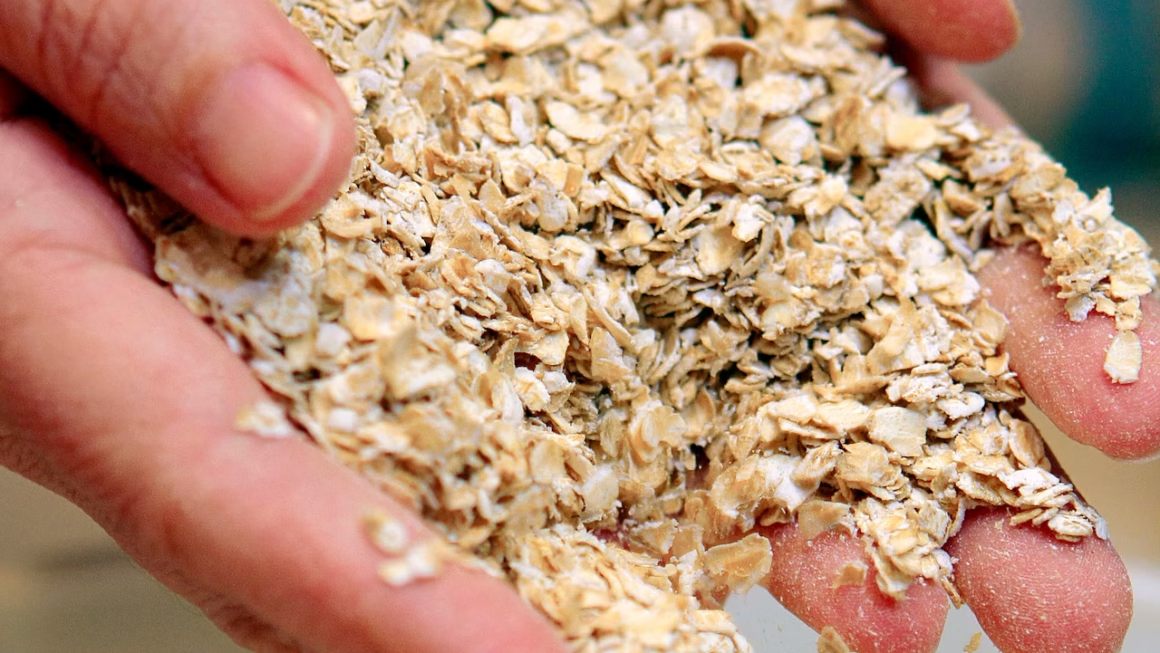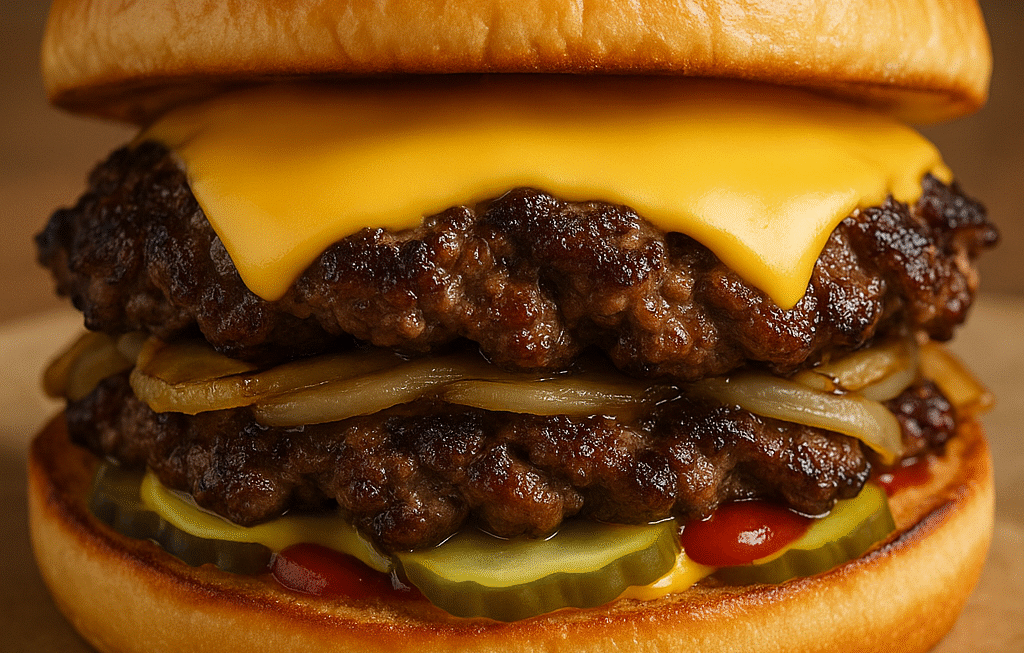
Introduction
Spices and herbs are the secret ingredients that transform ordinary dishes into extraordinary culinary experiences. Knowing how to use them correctly can elevate your cooking, adding depth, aroma, and flavor to your meals. In this guide, we’ll explore expert techniques for using herbs and spices like a pro.
1. Understand the Difference Between Herbs and Spices
While often used interchangeably, herbs and spices have distinct characteristics:
- Herbs come from the leafy parts of plants, such as basil, cilantro, and thyme.
- Spices are derived from other plant parts like seeds, roots, or bark, such as cinnamon, cumin, and pepper.
2. Buy Fresh, Whole, and High-Quality Spices
For maximum flavor, opt for whole spices instead of pre-ground versions.
Tips for freshness:
- Buy in small quantities to avoid stale spices.
- Store in airtight containers away from heat and light.
- Toast whole spices before grinding to release their oils and enhance flavor.
3. Master Flavor Pairings
Certain herbs and spices complement specific ingredients and cuisines.
Common pairings:
- Basil & Tomatoes – Great for Italian dishes.
- Cumin & Coriander – Essential for Middle Eastern and Indian recipes.
- Rosemary & Lamb – Enhances the richness of meat.
- Cinnamon & Nutmeg – Perfect for baked goods and desserts.
4. Use Fresh vs. Dried Herbs Wisely
Both fresh and dried herbs have their place in cooking.
- Fresh herbs are best added at the end of cooking for a bright, fresh taste.
- Dried herbs are more potent and should be added earlier in the cooking process to allow their flavors to develop.
5. Learn the Right Spice Measurements
Since dried herbs are more concentrated, adjust your measurements accordingly:
- 1 tablespoon of fresh herbs ≈ 1 teaspoon of dried herbs.
- Start with small amounts and adjust to taste.
6. Experiment with Spice Blends
Homemade spice blends can elevate your dishes with unique flavors.
Popular blends:
- Garam Masala – A warm blend for Indian dishes.
- Herbes de Provence – A mix of thyme, rosemary, and oregano, ideal for French cooking.
- Cajun Seasoning – A spicy mix perfect for seafood and grilled meats.
7. Store Herbs and Spices Properly
Proper storage preserves freshness and potency.
- Keep away from moisture and direct sunlight.
- Label jars with purchase dates to track freshness.
- Freeze fresh herbs in olive oil to extend their shelf life.
8. Toast and Bloom Spices for Maximum Flavor
Enhance the aroma and taste of spices by toasting or blooming them.
- Toasting: Dry-roast whole spices in a pan for 1-2 minutes until fragrant.
- Blooming: Heat ground spices in oil or butter before adding other ingredients to enhance their depth.
9. Balance Flavors Like a Chef
Great cooking is about achieving the perfect balance of flavors.
- Use acidic ingredients (lemon juice, vinegar) to balance rich, earthy spices.
- Add a touch of sweetness (honey, brown sugar) to mellow heat in spicy dishes.
- Use salt wisely to bring out the full flavor of herbs and spices.
10. Keep Experimenting and Developing Your Palate
The best way to master spices is through practice.
- Try new spices in small amounts to understand their flavors.
- Taste dishes as you cook and adjust seasonings gradually.
- Keep a spice journal to note successful combinations and discoveries.
Conclusion
Mastering herbs and spices is a game-changer for any home chef. By understanding flavor pairings, using the right techniques, and storing spices correctly, you can elevate your cooking to a professional level. Start experimenting today and discover the power of spices in your kitchen!




